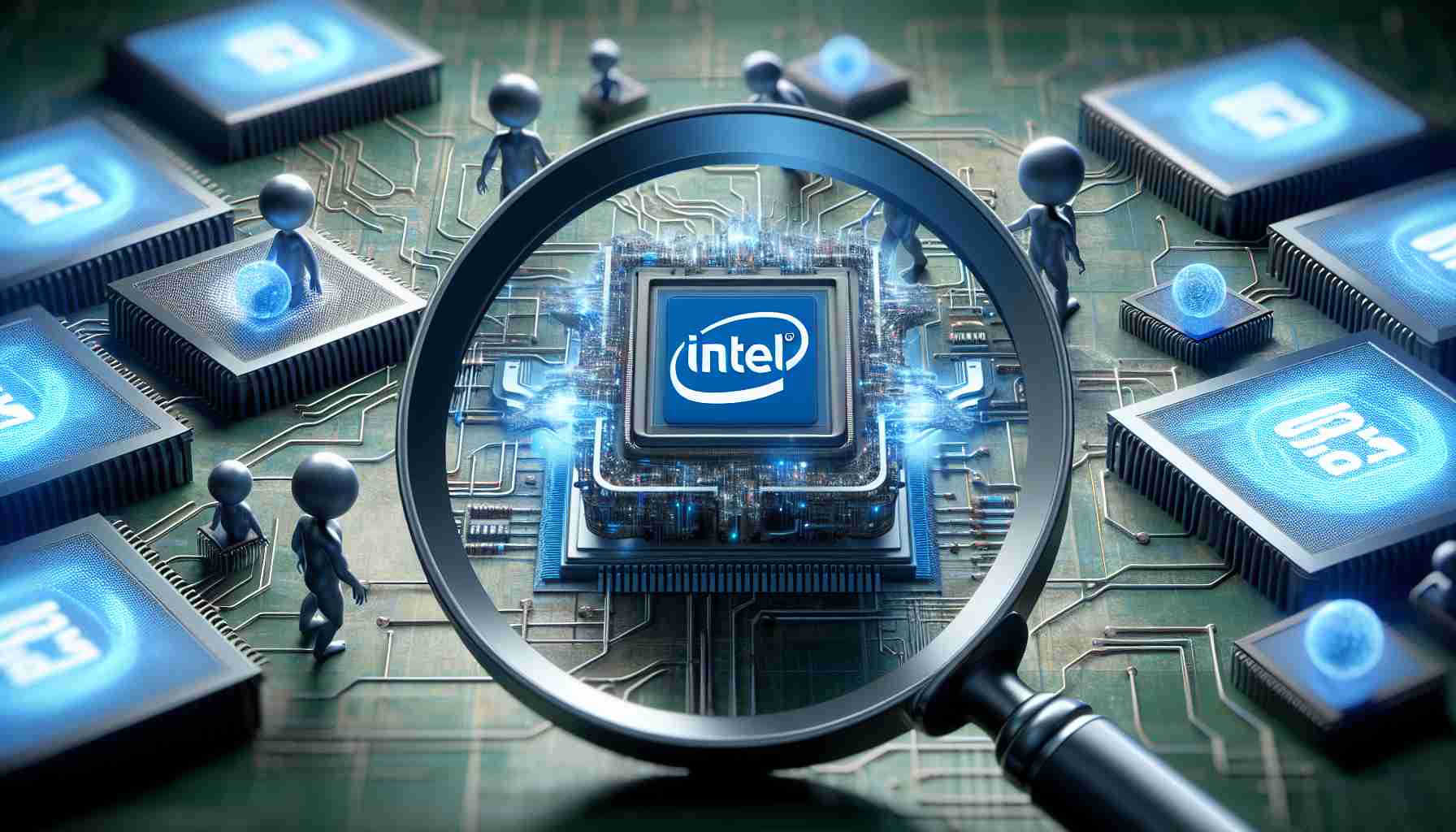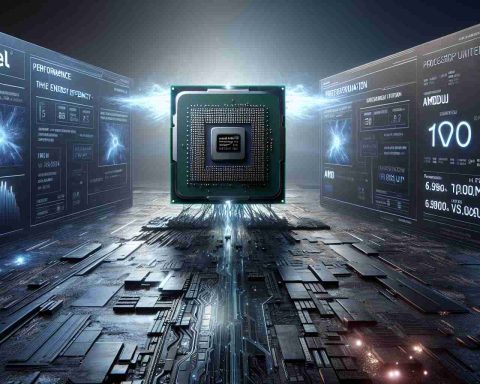In an unexpected move last spring, Intel’s board of directors urged CEO Pat Gelsinger to focus more on the company’s artificial intelligence strategy. Concerns arose that Intel could potentially miss a lucrative multibillion-dollar market for chips powering generative AI, especially after the popular launch of ChatGPT by OpenAI.
In response, Gelsinger established an “AI Acceleration Office,” tasked with enhancing AI initiatives across various business units. Led by Srinivasa Lingam, who was relocated from India, this office underscores Intel’s commitment to AI, yet the company still trails behind rivals like Nvidia and AMD in the global data center AI chip market. While Intel forecasts a modest $500 million in sales from its Gaudi 3 chips, Nvidia has reported sales in the tens of billions for its GPUs.
Recent managerial departures and thousands of layoffs have added to Intel’s challenges, coupled with significant drops in stock value. Nvidia, on the other hand, has seen remarkable growth, adding $1.4 trillion to its market value in just one year.
Gelsinger, who took the helm in 2021, has initiated a five-year plan to revamp Intel’s operations, which includes a separation of chip design from manufacturing. However, dissension within the board and the leadership team has persisted, raising questions about the company’s strategic direction. As Intel continues to explore further restructuring options, analysts express skepticism about its ability to regain market prominence.
Intel’s AI Strategy Under Scrutiny Amid Growing Competition
Intel’s strategic pivot toward artificial intelligence (AI) has garnered significant attention, particularly as industry giants like Nvidia and AMD surge ahead in the competitive landscape of AI chip manufacturing. With the recent surge in demand for AI-driven solutions, it is imperative for Intel to reassess its approach to the rapidly evolving sector.
Key Questions and Their Answers
1. What are the underlying causes of Intel’s current struggles in the AI sector?
– Intel faces multiple challenges including a legacy dependence on its traditional CPU business, difficulties in executing its transition to AI-focused chip production, and fierce competition from companies that have successfully pivoted to AI offerings.
2. How do Intel’s AI initiatives compare with those of its competitors?
– Intel’s efforts, such as the establishment of the AI Acceleration Office, aim to bolster their presence in the AI market. However, compared to Nvidia’s extensive ecosystem of AI hardware and software, Intel’s offerings are perceived as underwhelming, especially given Nvidia’s strategic investments in AI research and development.
3. What are the potential future directions for Intel in AI?
– Intel could focus on collaborative partnerships with AI software developers and major tech firms to integrate its hardware in AI frameworks. Additionally, leveraging its stronghold in data centers and cloud infrastructure could facilitate market penetration.
Challenges and Controversies
One of the primary challenges Intel faces is an aging chip architecture that struggles to keep pace with the rapid development of AI technologies. Moreover, the company has been criticized for its slow response to market dynamics, particularly in not sufficiently investing in specialized processors for AI applications, such as graphic processing units (GPUs) and tensor processing units (TPUs). The leadership changes and reorganization initiatives have also led to concerns regarding strategic coherence and commitment to AI.
Controversially, some analysts argue that Intel’s vast resources would allow it to innovate quickly enough to compete — if it could only realign its focus toward next-gen applications, rather than traditional sectors.
Advantages and Disadvantages of Intel’s AI Strategy
Advantages:
– Intel possesses a well-established reputation and extensive resources that can support significant investments in R&D.
– The company’s existing relationships with data center operators could help it integrate AI solutions effectively.
– A diverse product portfolio may allow for cross-pollination of technologies and improvements.
Disadvantages:
– Intel’s existing market perceptions as a traditional chipmaker may hinder its appeal in the fast-moving AI landscape.
– The company has faced significant challenges in executing timely product launches and innovations, resulting in potential missed opportunities.
– Internal dissent and restructuring could disrupt execution of its AI strategy.
As the AI sector continues to grow, Intel must navigate these challenges with a determined focus on innovation, partnership, and strategic investment in the necessary technologies to reclaim a competitive standing.
For more insights on Intel and its technology strategies, visit Intel’s official website.

















